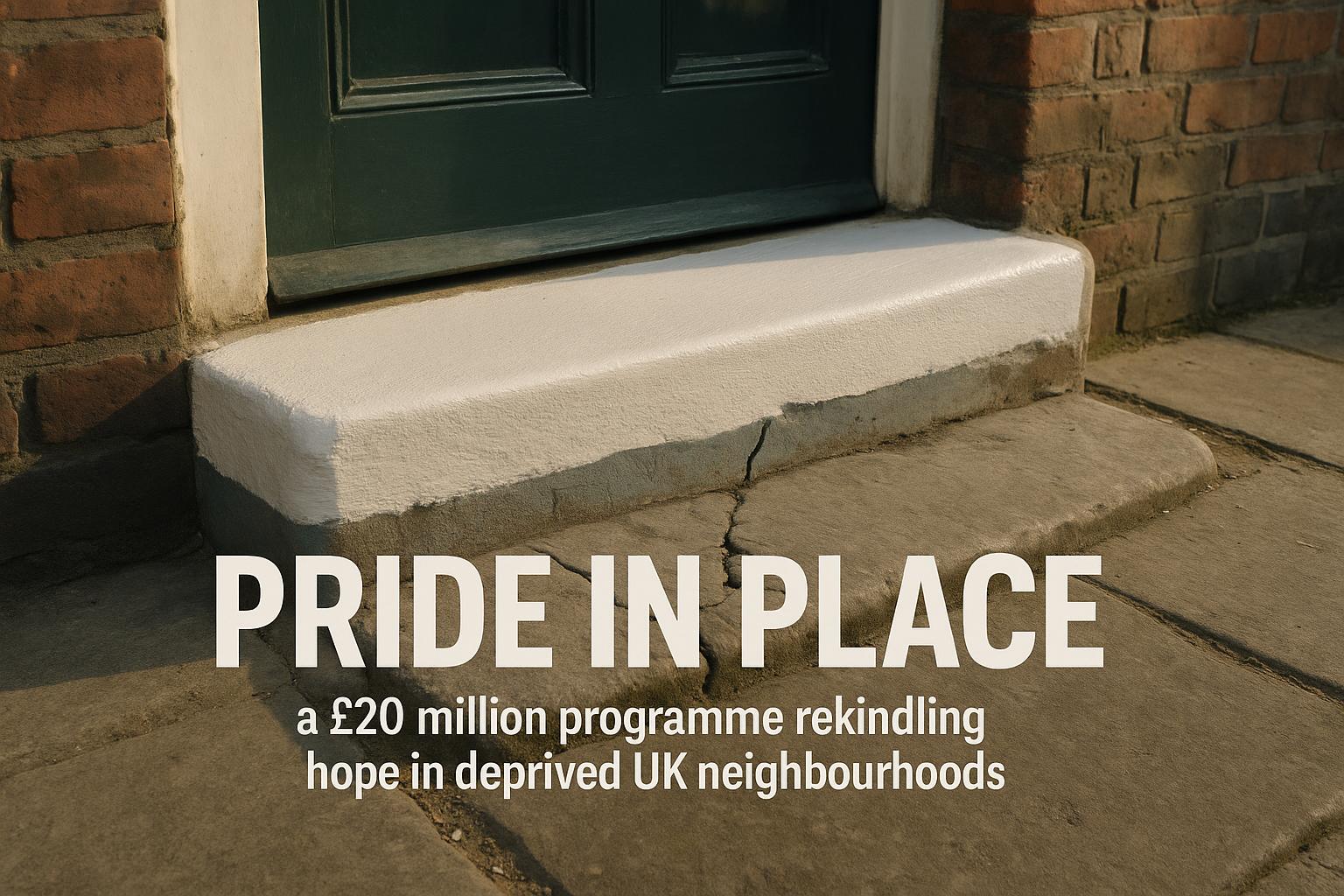What defines a poor neighbourhood has long been a complex and evolving question for UK policymakers. Since the 1970s, governments have used multi-dimensional statistical measures to identify deprived areas, aiming to channel funding effectively and implement initiatives targeting both places and the individuals living within them. The latest data continues to show stark patterns of entrenched deprivation, with some communities stuck in a persistent cycle of economic and social hardship.
The newest Index of Multiple Deprivation (IMD), updated recently, reveals once again that certain areas are consistently caught at the bottom of the scale. Jaywick and St Osyth in Tendring, Essex, lead the list for the fourth consecutive time, indicating severe ongoing deprivation driven by multiple interconnected factors. Other towns and cities appearing repeatedly among the most deprived include Blackpool—which occupies seven of the top ten spots—along with Middlesbrough, Birmingham, Hartlepool, Hull, and Manchester. These places represent largely post-industrial and coastal communities where the legacy of economic decline remains acute. While similar measurements in Scotland, Wales, and Northern Ireland are done separately, the challenge is no less pressing across the UK.
The Labour government, trailing Reform UK in the polls, faces a formidable political and social imperative to address these entrenched inequalities. The recent analysis by the Independent Commission on Neighbourhoods suggests that investment in historically deprived areas, particularly in the north-east of England, is set to be seven times higher during this parliamentary session compared to the previous one. The newly launched 'Pride in Place' programme forms a central part of this effort, earmarking £20 million each for 169 communities across England over a decade. This initiative focuses on tangible improvements designed to regenerate local life—such as revitalising high streets, developing youth clubs, and enhancing shared public spaces—potentially rebuilding trust in political institutions and providing a bulwark against populist backlash grounded in frustration and neglect.
The government claims that this programme represents a new approach following the shortcomings of the earlier levelling up strategy, which many critics viewed as ineffective. 'Pride in Place' is aligned with a £5 billion investment package aimed at empowering communities, enabling them to control derelict properties and infrastructure renewal. It also includes significant funding in Scotland, with £292 million allocated across twelve local authorities, underscoring a broader UK-wide commitment to place-based regeneration.
While such funding and community empowerment efforts are clearly needed and welcomed, experts caution against viewing them as a cure-all. Neighbourhood-level deprivation is a relative, multi-faceted measure that is notoriously resistant to rapid change. One of the most notable shifts in the latest IMD data stems from the decision to calculate incomes after housing costs, exposing the particularly damaging impact of high rents in areas such as inner London. This adjustment has prompted higher funding settlements for certain councils but highlights the critical need for more affordable housing and stronger financial support for families struggling with living costs.
Moreover, revitalising places alone is insufficient if residents’ incomes and opportunities do not improve. Longstanding issues in post-industrial and coastal neighbourhoods—like those featured in the Guardian’s "Against the Tide" series—remain acute. To truly break the cycle of deprivation, government policies must address both the physical environment and the economic circumstances of individuals. This includes revisiting and potentially removing restrictive welfare measures, such as the two-child benefit cap, which limit support for families living in poverty.
Community-led initiatives under 'Pride in Place' could play a vital role in restoring local pride and improving infrastructure, but their success will hinge on sustained investment in people as well as places. The programme’s design involves substantial local involvement, aiming to foster resilience and social cohesion, while enabling tailored solutions for distinct neighbourhood challenges. Alongside this, incentives for businesses and partners to engage meaningfully in community development—similar to efforts by organisations like Business in the Community—could amplify impact.
In sum, the stark reality reflected in the latest deprivation data is a call to action for government and society alike: addressing deeply rooted poverty requires coordinated, long-term strategies targeting both places and incomes. The challenge is daunting but the renewed focus on both community empowerment and financial support offers a hopeful pathway to making lasting change in some of the UK’s most disadvantaged neighbourhoods.
📌 Reference Map:
- Paragraph 1 – [1] The Guardian
- Paragraph 2 – [1], [2] The Guardian
- Paragraph 3 – [1], [2], [3] The Guardian, UK Government
- Paragraph 4 – [1], [4], [7] The Guardian, UK Government
- Paragraph 5 – [1], [3], [6] The Guardian, UK Government
- Paragraph 6 – [1], [5] The Guardian, Business in the Community
- Paragraph 7 – [1], [2], [5] The Guardian, Business in the Community
Source: Noah Wire Services
